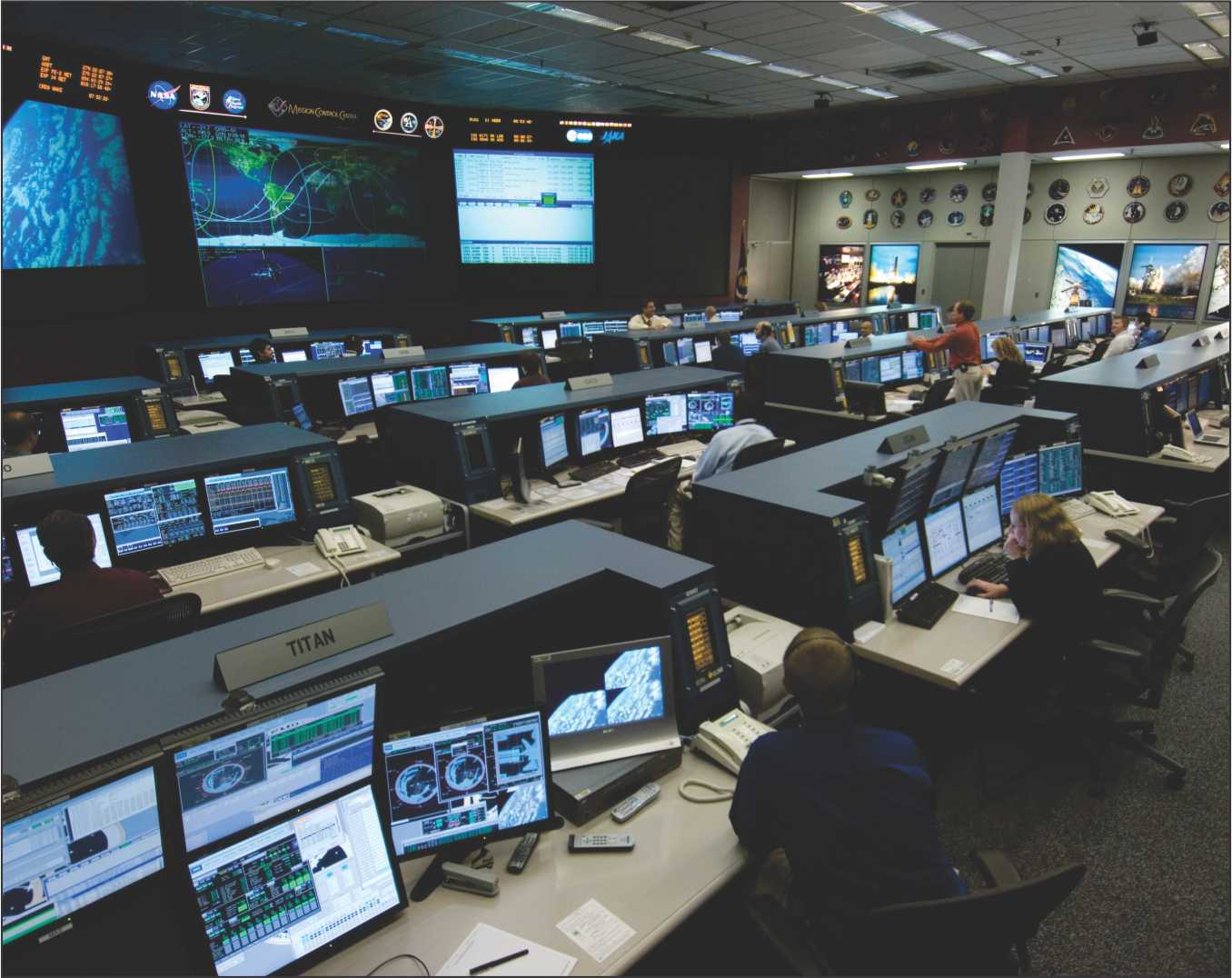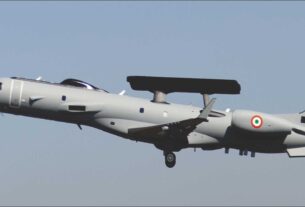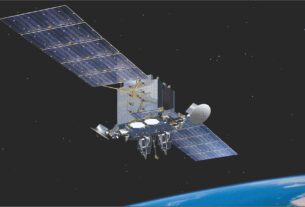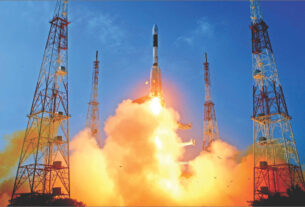After a decade long deliberations on the need to set up an aerospace command, the onus is now on the so called security conscious and fast track decision maker government to decide on this urgent national security requirement. The need for an independent Aerospace Command was felt more when the Chinese Space Scientists conducted an Anti-satellite test in 2007 and raised concerns in India about the safety of Indian civilian satellites in space, which can be disabled with catastrophic effect on the life on ground.
Despite China having an extensive military dedicated aerospace program, Indian military space program has been moving at a snails pace. Though the IAF has already worked exhaustively on this and presented before the Government the Defence Space Vision 2020, the execution of the proposals are not visible.
Though, an Integrated Space Cell under the aegis of the Integrated Defence Services Headquarters, presumably as a first step towards the setting up of a full fledged tri-service aerospace command is already in existence. Perhaps the enormous recurring expenditure on acquiring the resources and its annual maintenance costs are preventing the decision makers from giving a green signal to the aerospace command. There seems to be a hesitation on the part of ISRO to be a part of military space program as it would attract international sanctions. (In the nineties the US government had compelled Russia to stop the supply of cryogenic rockets to India because of international sanctions). Indian civilian space agency ISRO has already launched dual use satellites and also a dedicated satellite for the Navy.
The Narendra Modi led NDA government will have to act fast on the long pending decision on the aerospace command and enable the three forces to be linked with space based systems for net centric warfare and constant surveillance of the military activities across the border from the sky .
Growing demand
It should not be difficult for a space power like India to assist its military for the combat management from space. The inordinate delay in setting up Aerospace command shows the reluctance or state of indecision in the government. Till now the Indian armed forces’ demand for assistance from space was met by transponders of the civilian satellites or dual use satellites like Cartosat or technology experiment satellite. However, for the first time last year in August the Indian Navy became the first force in India to get an independent satellite for its exclusive use. Indian satellites for the Air Force and Army are also in the pipeline and after all the three services are provided their own satellites a need would arise to have an integrated use of the independent satellites and a common command structure.
The navy’s satellite Rukmini would boost the blue water capability of the Indian Navy as it would provide seamless connectivity between all its assets, roaming in the high seas and shore based command structure. The Rukmini will provide 2000 nautical mile footprint of interest to India from African East Coast to Malacca Strait. The Rukmini will assist in networking all Indian warships, submarines and aircraft with operational centers ashore through high speed encrypted data links. Till now the navy was leasing the transponders of Indian satellites for reconnaissance, navigation, communication etc.
Since US is leader in the management of aerospace command and India has of late developed closer relationship with the US armed forces, the former Air Chief ACM NAK Browne during his visit to Washington last year had sought US assistance in setting up the aerospace command. The US would be too glad to assist India as, US views India as rival to China and any addition of space based resources of its like minded partner would be helpful in countering or balancing Chinese combat capabilities.
ACM Browne had told the Commander of the US Pacific Air Forces and Air Component Commander General Herbert Carlisle that Indian military is trying to develop a space command on the military side because right now everything that is done in India is Space is on the civilian and commercial side. To seek US Assistance and to understand the US structure of the Aerospace Command the ACM NAK Browne had visited the Colorado Northern Command and the North American Aerospace Defence Command and had detailed briefing from General Charles Jacoby, the Commander.
Inter-service rivalry
Last year there were media reports that the armed forces have chalked out a plan for setting up three tri-service commands to deal with Space, Cyber and Special Forces, but nothing has been heard regarding this proposal till date. The Integrated Defence Staff had proposed Hyderabad as the Headquarter of the Aerospace Command, because many units of Indian Space Research Organisation and DRDO are based in Hyderabad, for reasons of easy synergy among all the agencies.
The government also seems to be embroiled in inter-service rivalry over the “legitimate” claims of each service to head the command. The Air Force wants full leadership of the Aerospace command while the other sister forces want the leadership to rotate, as it happens among the navy, air force and the army in Andaman And Nicobar tri-service command, Strategic Forces Command and also the Integrated Defence Staff.
Senior armed forces officials often say that the practice of handing over the command of the Andaman by rotation has not been too successful as the three services do not develop synergy and often hesitate to share and divert their equipments for common cause. The Andaman Command is headed by a three star General or Admiral or Air Marshal. Whenever one of them is in command the other forces engage in turf war. Hence, sources say that one service should be full time in-charge of the Aerospace Command who will be authorized to draw assets and manpower from the other two forces.
A compromise formula is being seriously considered. The IDS and Strategic Forces command and Cyber Command should be run by rotation and Special Forces Command and Andaman tri-service command should be managed by the Army and the Navy respectively. If this compromise proposal is accepted by the three services then it would pave the way for the Aerospace Command being headed by an Air Marshal.
A dedicated satellite for the IAF is on the cards since last three years. This satellite is meant to provide a complete network centric environment to augment its strike capabilities. Meanwhile there are reports that a few transponders from the Rukmini satellite has presently been made available to the IAF also, till the time an independent satellite is launched for it.
As a follow up to the Rukmini G-SAT 7 the next in series would be G-SAT 7A for the IAF. DRDO has already indicated last year that a range of defence application satellites are under planning stage. An Electronic Intelligence satellite for the exclusive use of the Indian defence forces for intercepting radars and communications and satellite phone conversations of adversaries is also on the cards.





